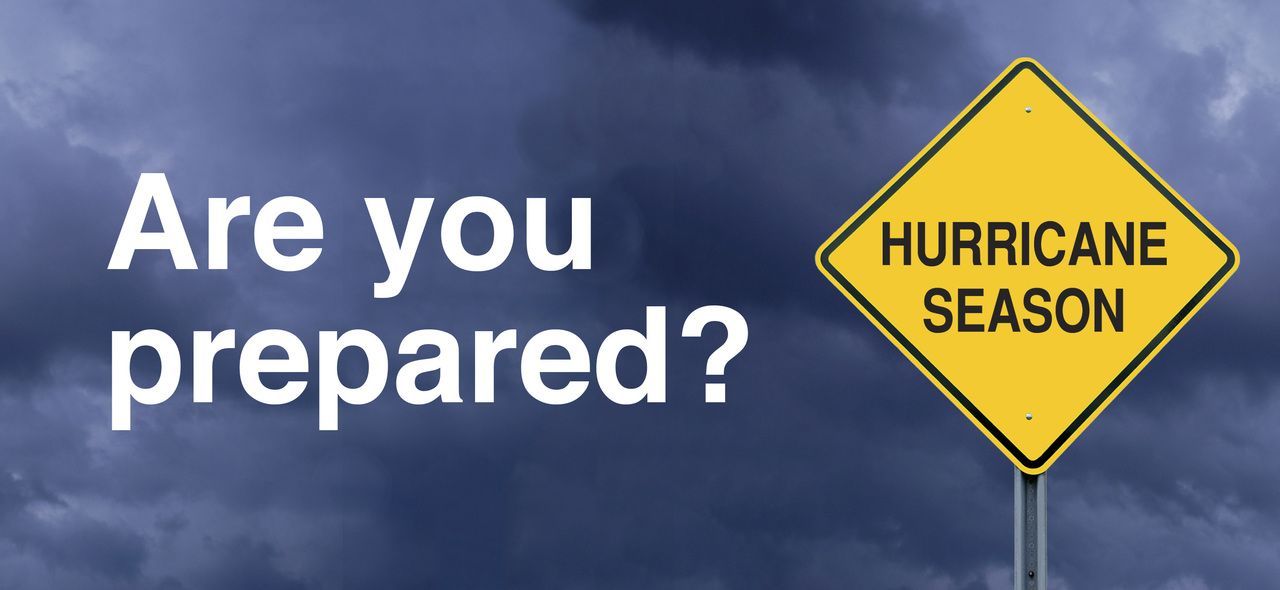Hurricane Preparedness Guide for Houston Homeowners

Living in Houston means being no stranger to hurricanes, tropical storms, and the occasional heavy rainfall. For homeowners, preparing ahead of time is not just advisable—it’s essential. Proper planning can protect your property, ensure the safety of your family, and even minimize financial and emotional stress in the aftermath of a storm. Taking proactive steps now can save you from costly repairs, emergency expenses, and the uncertainty that comes with last-minute preparations.
Why Hurricane Preparedness Matters
Reduces Property Damage: Proper precautions, such as reinforcing doors, windows, and roofs, help reduce the risk of structural damage during high winds or flooding.
Ensures Safety: Hurricanes can be life-threatening, and preparation is key to protecting your loved ones. Knowing evacuation routes, having a safe space in your home, and keeping emergency supplies on hand can prevent injuries.
Helps Avoid Last-Minute Stress: Storms can approach quickly, and preparation ensures that you don’t have to scramble at the last minute to secure your property or gather supplies.
Protects Insurance Claims: Documenting your property and belongings before a storm makes it easier to navigate insurance claims if damage occurs.
Structural Protection
To minimize damage to your home during a hurricane, it’s important to focus on structural integrity:
- Inspect Your Roof: Check for loose shingles, tiles, or other vulnerabilities. Repair or replace them before hurricane season.
- Clean Gutters and Downspouts: Clear debris to ensure rainwater can flow freely and reduce the risk of flooding.
- Install Storm Shutters or Pre-Cut Plywood: Protect windows from debris carried by strong winds.
- Reinforce Doors: Garage and entry doors should be secured and reinforced to prevent wind intrusion.
- Seal Openings: Check for gaps, cracks, or vents where wind or water could enter, and seal them appropriately.
Yard and Exterior Safety
The outdoor areas of your property can also pose hazards during storms. Taking precautions can prevent damage and protect your family:
- Trim Trees and Remove Dead Branches: Overhanging limbs can cause severe damage if they break and fall on your home or car.
- Secure Outdoor Furniture and Décor: Bring in or tie down patio furniture, grills, potted plants, and other outdoor items that could become projectiles.
- Store Trash Bins and Lawn Tools Indoors: Loose items can be swept away and cause damage to your property or neighbors’ homes.
- Secure Fences and Outdoor Structures: Inspect fences, sheds, and other structures for stability and reinforce as needed.
Flood and Water Control
Flooding is a major concern in Houston due to its low-lying areas and heavy rainfall. Taking steps to manage water is critical:
- Check Sump Pumps and Drains: Ensure they are functioning properly to prevent water accumulation.
- Use Sandbags at Vulnerable Points: Place sandbags around doors or low-lying areas to reduce water intrusion.
- Elevate Valuable Items: Keep appliances, electronics, and important belongings above potential flood levels.
Insurance and Documentation
Being organized before a storm helps make recovery easier:
- Review Policies: Check your homeowners and flood insurance coverage to ensure it is up to date and adequate.
- Document Property: Take photos or videos of your home and belongings. This documentation will be invaluable if you need to file a claim.
- Backup Important Documents: Store vital papers digitally on the cloud or on a USB drive to protect against loss or water damage.
Emergency Preparation
An emergency kit is vital for your family’s survival and comfort during a hurricane:
- Essential Supplies: Include at least one gallon of water per person per day for seven days, non-perishable food, flashlights, batteries, first-aid supplies, and prescription medications.
- Communication: Have a battery-powered or hand-crank radio, and keep devices charged.
- Evacuation Plan: Know your evacuation zone, identify local shelters, and prepare multiple routes in case roads are blocked.
Preparing for Power Outages
Power outages are common during hurricanes, and having a plan can keep you safe and connected:
Generators: Generators vary in size and capacity. Some can power only a few essential devices, while larger models may support an entire home. Follow all manufacturer instructions carefully for safe operation, including placement, ventilation, and fuel storage.
Solar-Powered Charging Banks: Smaller, portable units can charge via sunlight or an electrical source. They are useful for keeping phones, radios, and small electronics powered during prolonged outages.
- Safety Tip: Never operate generators indoors or in enclosed spaces. Always store fuel safely and away from living areas.
Additional Considerations
- Pet Safety: Ensure pets are included in your evacuation and emergency plans. Have carriers, food, water, and medications ready. Check which shelters or hotels accept pets.
- Community Awareness: Stay informed via local news, the National Weather Service, and city alerts. Inform neighbors, especially those who may need assistance, about your preparedness plans.
- Post-Storm Recovery: Even after the storm passes, hazards such as downed power lines, debris, and contaminated water can pose risks. Exercise caution when inspecting property and avoid unnecessary travel.
Final Reminders
- Monitor official weather updates regularly-
National Weather Service. Visit the
Texas Hurricane Center for information on proactive steps to take before, during, and after a hurricane , visit
TexasReady.gov for additional hurricane safety tips and
tdem.texas.gov/prepare for preparedness information.
- Don’t wait until a storm is imminent—prepare in advance.
- Keep copies of all important documents, contacts, and policies in a waterproof folder or backed up digitally.
- Practice your emergency plan at least once a year.
By taking these steps, homeowners can minimize damage, protect their families, and reduce stress during hurricane season. Planning ahead, maintaining your property, and staying informed are the keys to weathering storms safely. Preparation today ensures a safer and more manageable recovery tomorrow.









